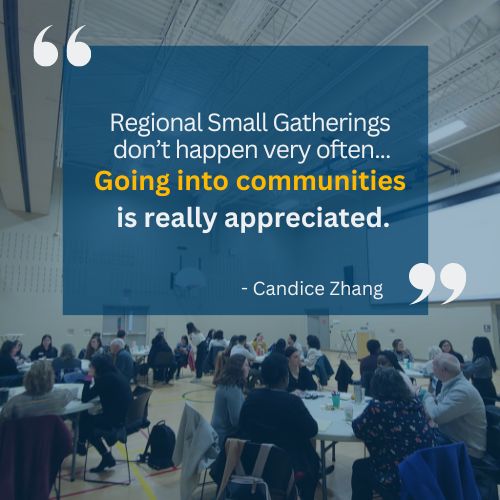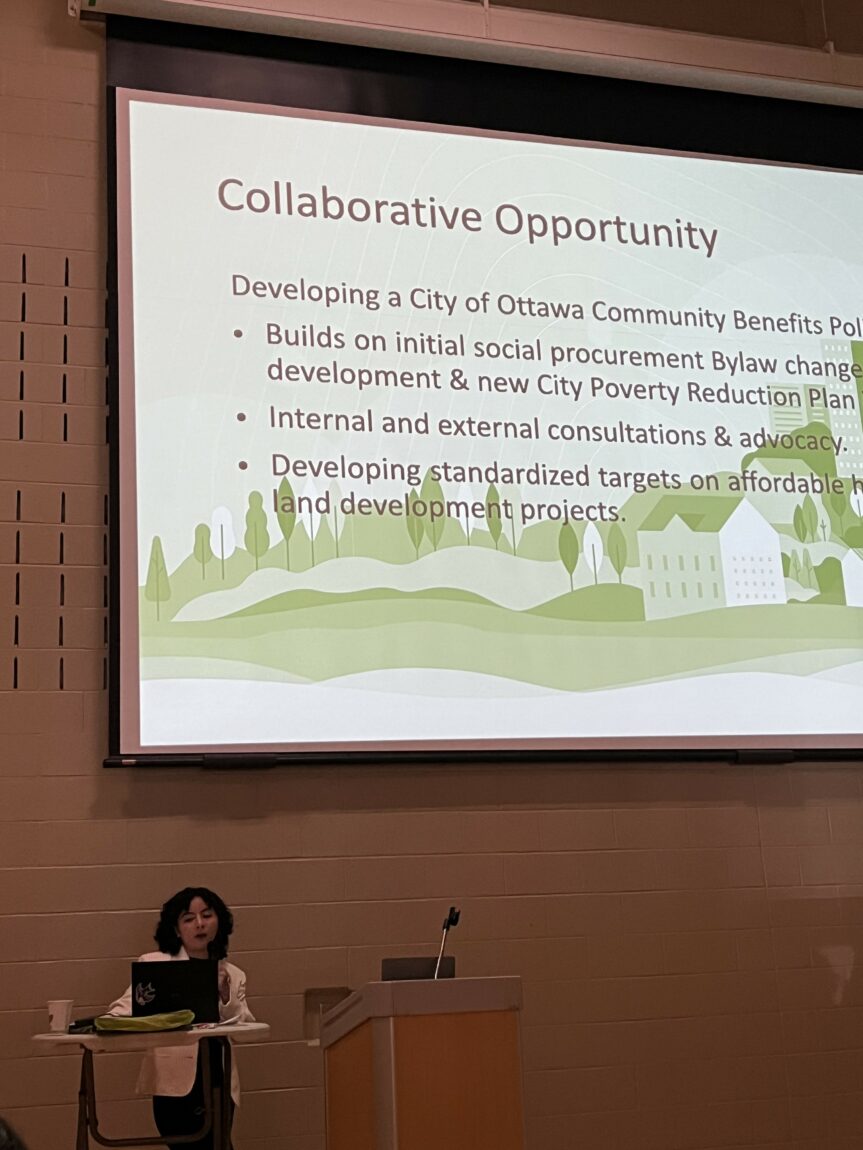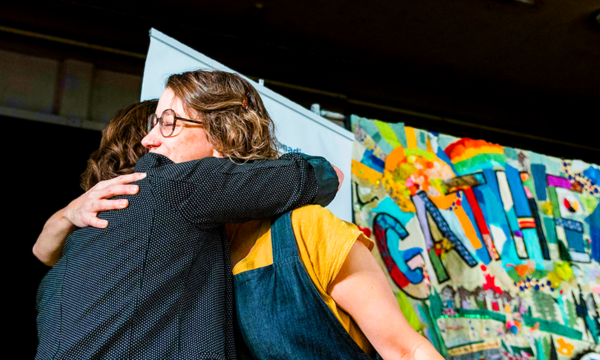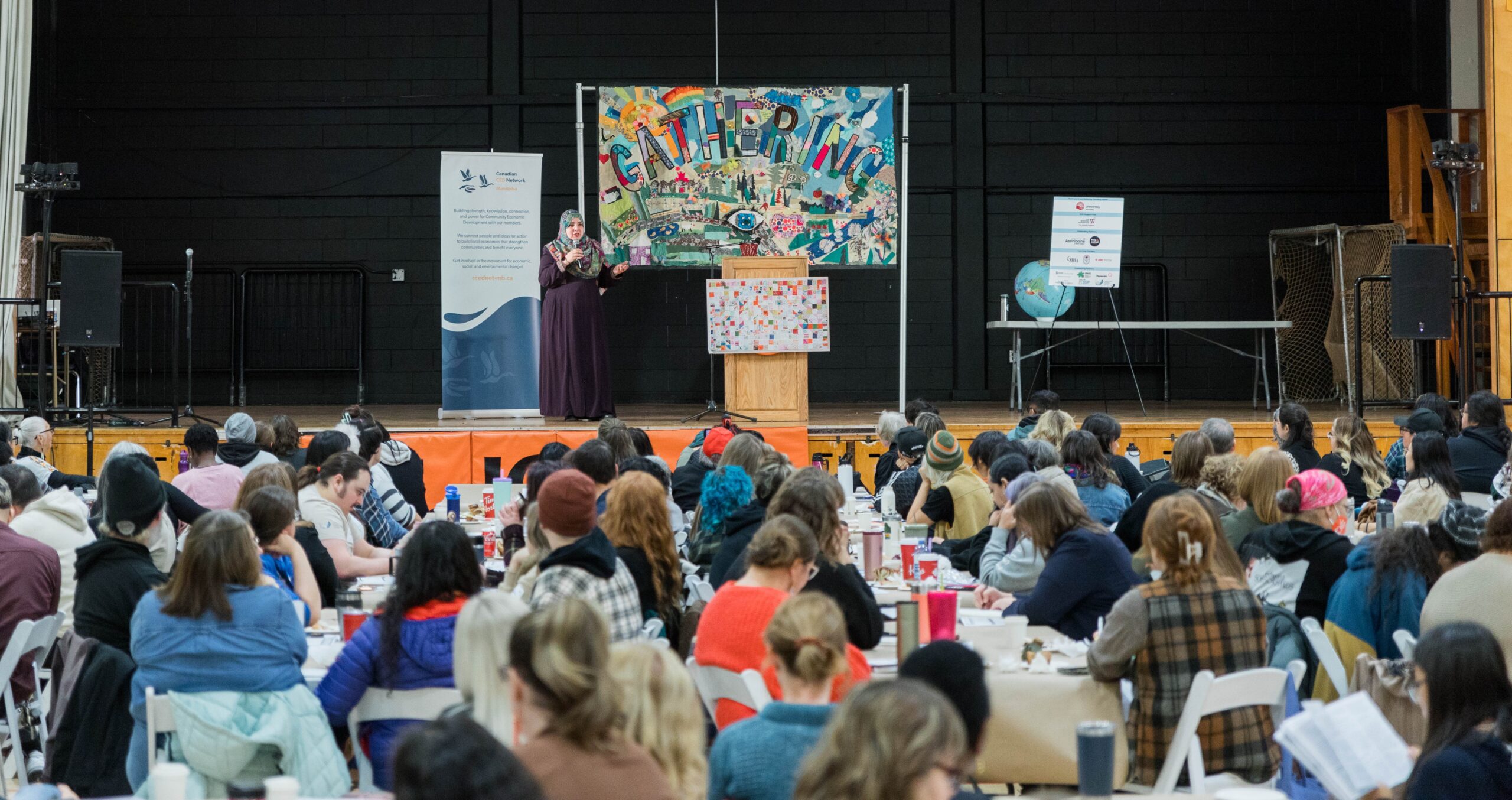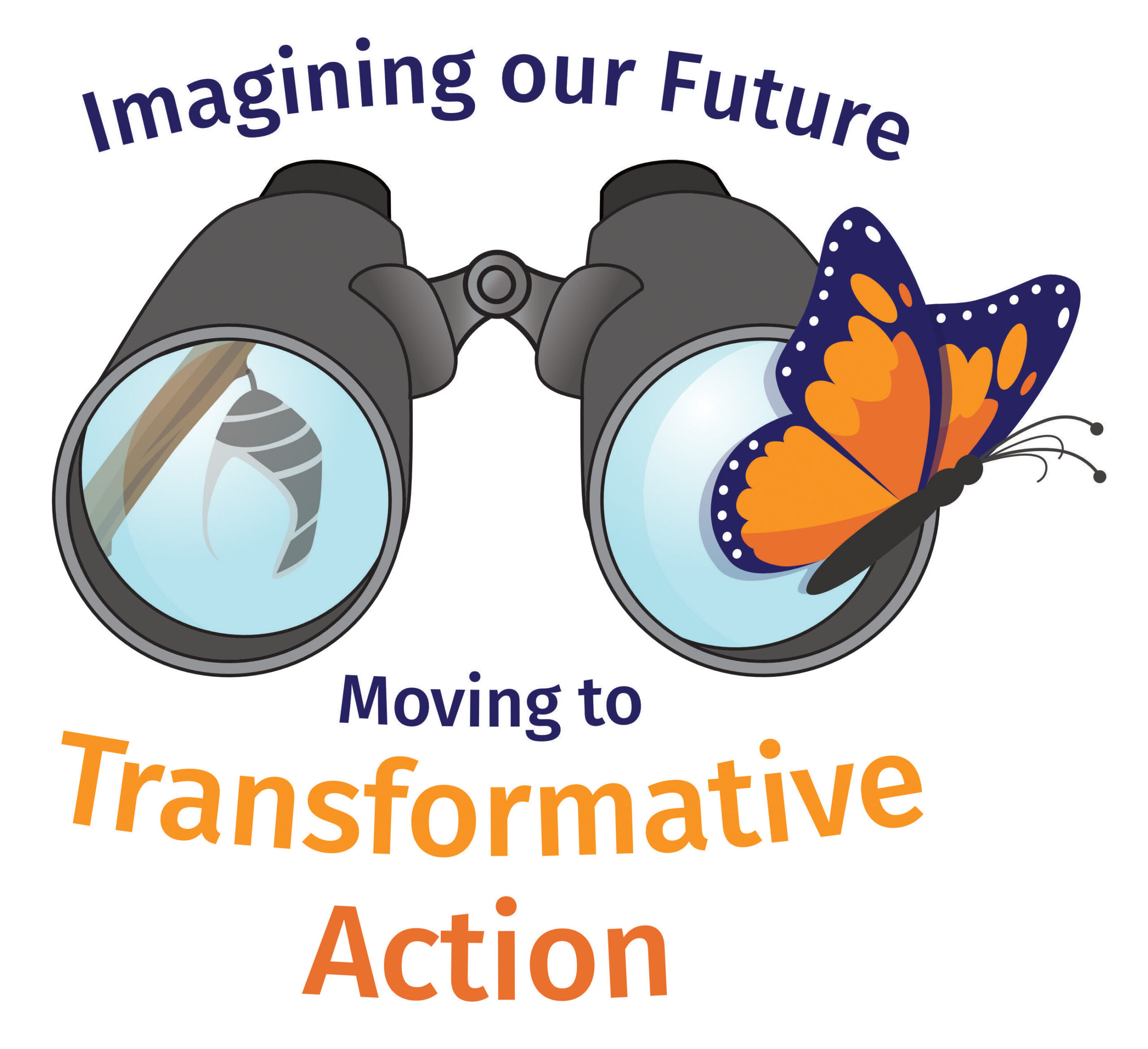This is Part 3 of our Ecosystem Building Blog Series.
Read Part 1 – Atlantic Ecosystem Building: Interview with Chelsey MacNeil
Read Part 2 – “On the Cusp of Change”: Laying the groundwork for the future through collaboration
Stay tuned throughout the winter for the rest of the series! Ecosystem building is a core focus of CCEDNet’s Regional Initiatives Program.
Weaving Together
Small Regional Networks
in Ontario:
An Ecosystem Building Story.
How ONN is trying to strengthen Ontario’s ecosystems by hosting small community wealth building events in rural and small community regions
Interview With
Candice Zhang
ONN Policy Advisor
ONN
Melissa Sinfield
(Interviewer)
CCEDNet
Interviewer and Editor:
Melissa Sinfield, Regional Initiatives Manager
Blog Summary
Read this if you are:
- Trying to bridge the rural/urban gap in ecosystem building
- If you are in a region with smaller pocket ecosystems or multiple hubs.
- Questioning logistics of engaging rural communities.
- Curious about some of the aspects that set rural ecosystems apart.
Blog Notes:
Region: Ontario
We spoke with Candice Zhang, a Policy Advisor for Ontario Nonprofit Network (ONN), about how ONN is working to support building a stronger Ontario ecosystem using a community wealth building frame.
Note: interview has been edited for length and clarity.
Overview
Social economy ecosystem building in Ontario is challenging in part because of a significant urban/rural divide in the province.
This dynamic will likely sound familiar to folks in many provinces and territories. It is particularly felt in a province which houses the large, densely populated, urban centre of Toronto and the rapidly growing Ottawa Capital. Yet, smaller cities, towns, and rural communities comprise the majority of the geographic region of Ontario. These dynamics have at times led to regional frustrations, rural/urban tensions, and general confusion when trying to build various social economy ecosystems throughout Ontario.
What has naturally resulted is a number of pocket ecosystems forming in various parts of the province.
Aware of some of these complex dynamics, ONN decided to take an alternative approach to ecosystem building from some of the larger event based strategies, to instead focus on holding five small convenings using community wealth building as a frame. Two were to be in-person convenings held outside of larger urban centres, and three are planned to be virtual. ONN has centered their strategy around intentional outreach and engagement to prepare the ground before convening, as well as careful meeting design to ensure groups often left out – like small rural organizations – are more likely to have an impactful voice during the convenings. While it is too early to have a full picture takeaway of this approach, there are a number of early stage learnings that Candice has generously shared with us.
ONN has thus far hosted two in-person convenings focused on community wealth building.
- The first) was hosted in the Belleville and Prince Edward County region, with 30 participants
- The second) was held in Kitchener, with 45 participants
In the text below, Candice provides insights into the organization’s approach and what she has learned so far about hosting smaller convenings in semi-rural regions of Ontario.
Melissa Sinfield
Going to Smaller Communities Means a Lot
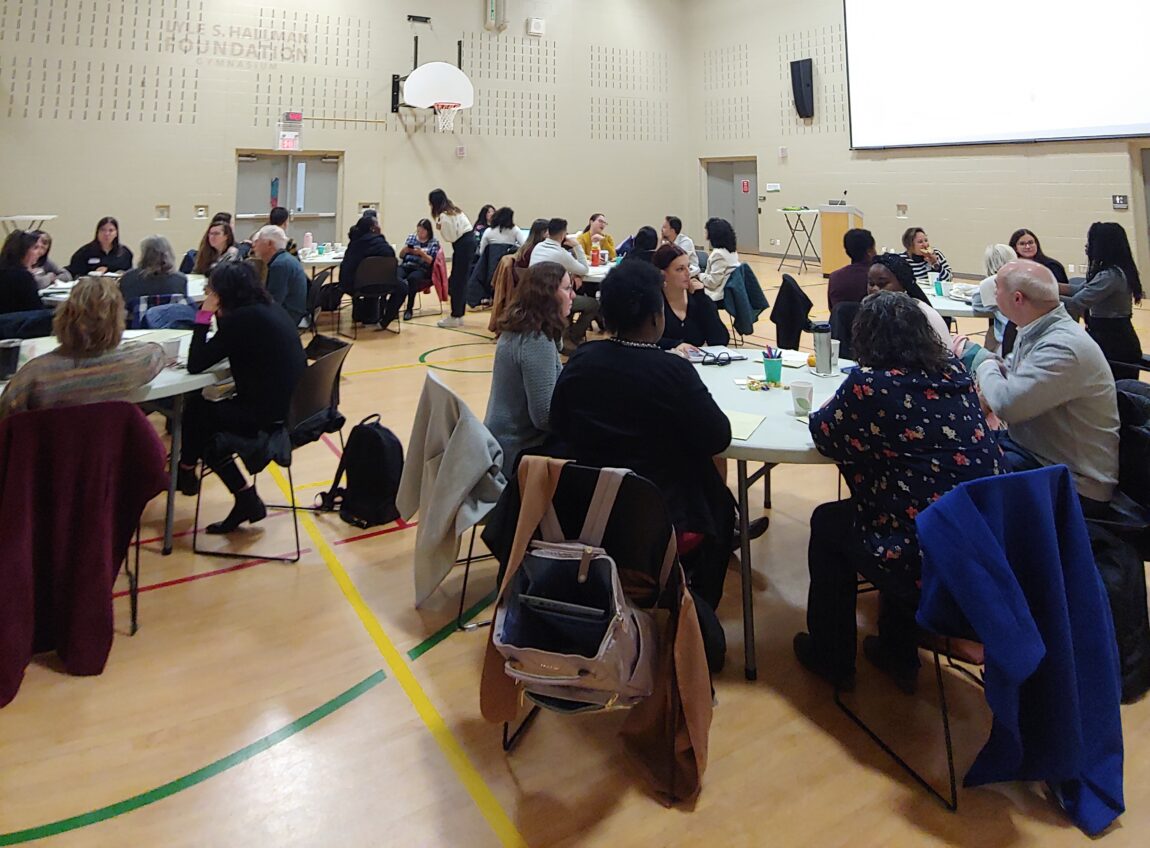
Melissa: Tell us about your project. How have things been going?
Candice: In person gatherings are so valuable for people. Regional small gatherings don’t happen very often. We were asked in each place we went, why we chose that area to meet, because people often automatically assume such events would take place in cities like Toronto or Ottawa. We explained to folks we wanted to go out of the big centres and to the smaller regions. Going into communities is really appreciated.
“
We explained to folks we wanted to go out of the big centres and to the smaller regions.
“
Editor note: Candice and I have previously discussed the challenges of ecosystem building in provinces like Ontario where there is such a dramatic difference between large densely populated urban centres like Toronto from that of the rural regions and ‘rural cities’ that comprise much of Ontario.
“I think I have figured out this ecosystem building thing!” Candice jokingly told me in laughter. In more seriousness she added “What would work the best is to build stronger place-based ecosystems within Ontario and then bring them all together.”
Candice: Some of these regions already have strong local ecosystems. For instance, in Belleville they have Thrive PEC, Bloom Local Food Fund and Upper Canada Equity Fund. In London Ontario, there is Pillar Nonprofit Network, who runs programs like Innovation Works London, Social enterprise incubator and Socialpreneur Chats, as well as a social finance program called Verge Capital. When different regions have their own ecosystem, bringing them together is much easier.
“
Going into communities is really appreciated.
“
“
When different regions have their own ecosystem, bringing them together is much easier.
“
This also resonated with many participants of the gathering. When asked about their vision of a strong social economy ecosystem in Ontario, many participants said it would be great to build small place-based ecosystems across Ontario and then bring these small ecosystems together to share learnings and collaborate. Participants also suggested that in order to make this happen, peer learning is crucial. For example, it would be really helpful if places where strong local ecosystems already exist (such as Prince Edward County) can come together and share their experiences and learnings with other regions, so that others can learn about how they can get started.
Melissa: What you mentioned about going into communities, I know in conversations with Sarah she has said similar: that going to areas where events rarely happen and ‘meeting people where they are’ means a lot. And that makes sense to me, I grew up in a rural community and always have had to travel to one of the bigger cities like Toronto or Ottawa for events. I have no idea what it would feel like to have someone come to my region.
“[We are] rethinking doing one more in person one,” Candice added, referring to possibly altering their original plan of hosting three online convenings moving forward, “but at the same time it is going to get colder now, and logistically [the event] would probably be in January.” (original conversation was in Nov. 2023)
Winter can create an added obstacle for organizations trying to access in-person events in Ontario, particularly rural communities, making this a big question of whether people will want to or even be able to travel the winter roads for another in-person event.
This led me to reflect some more on how as a sector, we rarely gather during spring and summer months. In the past, I have attributed this to summer vacation habits, but following this conversation I also realized how much project cycles make it difficult to meet in warmer seasons, when the cycle often ends at the beginning of spring. Even if another funding cycle starts around the same time, it would not provide much time for spring or summer event planning.
The importance of of being invited
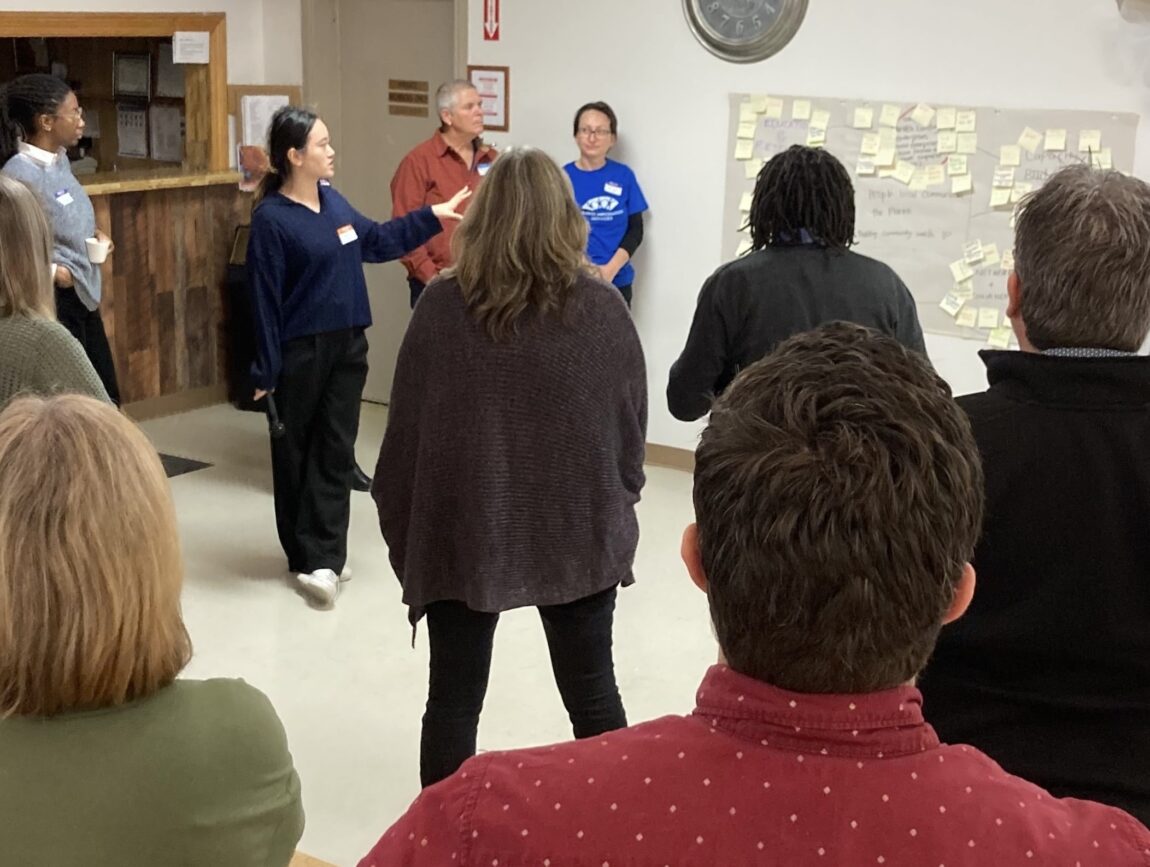
You mentioned once how important it is to be invited into a community, that it’s best not to just go in without first establishing a connection or local partnership. Could you expand on this?
“
Those folks who reached out all were really connected in their respective regions… so they all had a sense of what’s going on in their communities and that a regional event would be a valuable opportunity.
“
Candice: Yes! This is actually a great learning from ONN’s regional events. To increase engagement and diversity of ONN’s network, we host regional events across Ontario. To ensure we are being invited into local communities, ONN shared in our e-bulletin that we were doing regional events and encouraged people to reach out to us if they thought it would be valuable to have something like this in their area. Those folks who reached out all were really connected in their respective regions (e.g. local workforce planning board, volunteer centre, community development corporation) — and so they all had a sense of what’s going on in their communities and that a regional event would be a valuable opportunity for people. Building on this interest and existing relationships, it made sense to me to also host the community wealth building events in these communities we’ve already been invited into. Organizations in the communities also made recommendations to us about who else to reach out to or invite to our community wealth building event. This approach helped us establish trust and strong relationships with local communities.
Travel costs and relationship building.
Candice shared with me how helpful and important it is to have a dedicated budget to support participating organizations’ traveling from surrounding rural regions to access these in-person events. There ended up being many more requests for travel reimbursements than they typically see.
Candice: We have participants coming from Sutton, Uxbridge, and Stone Mills. They all bring in unique experiences and insights, sharing their work and the barriers they face. Without the travel reimbursement, many of them wouldn’t have been able to come to the community gathering. As public transit is not as accessible in these areas, many of these participants either had to drive for hours or rent a car, so providing travel reimbursement definitely helped. That is a great learning, that it is worth having.
“
[M]any of these participants either had to drive for hours or rent a car… That is a great learning, that it is worth having [travel reimbursements].
“
Candice added also that travel costs for bringing local organizations from nearby surrounding regions are not very expensive, so offering this type of support can go a long way when the budget allows. This reflects some of the different realities rural nonprofits face compared to urban ones including barriers to accessing events.
Not only does traveling to nearby communities and offering reimbursements for travel costs support rural access to the growing ecosystem, but also is such a valuable approach to relationship building by working towards removing barriers.
In rural communities “information spreads so quickly.”
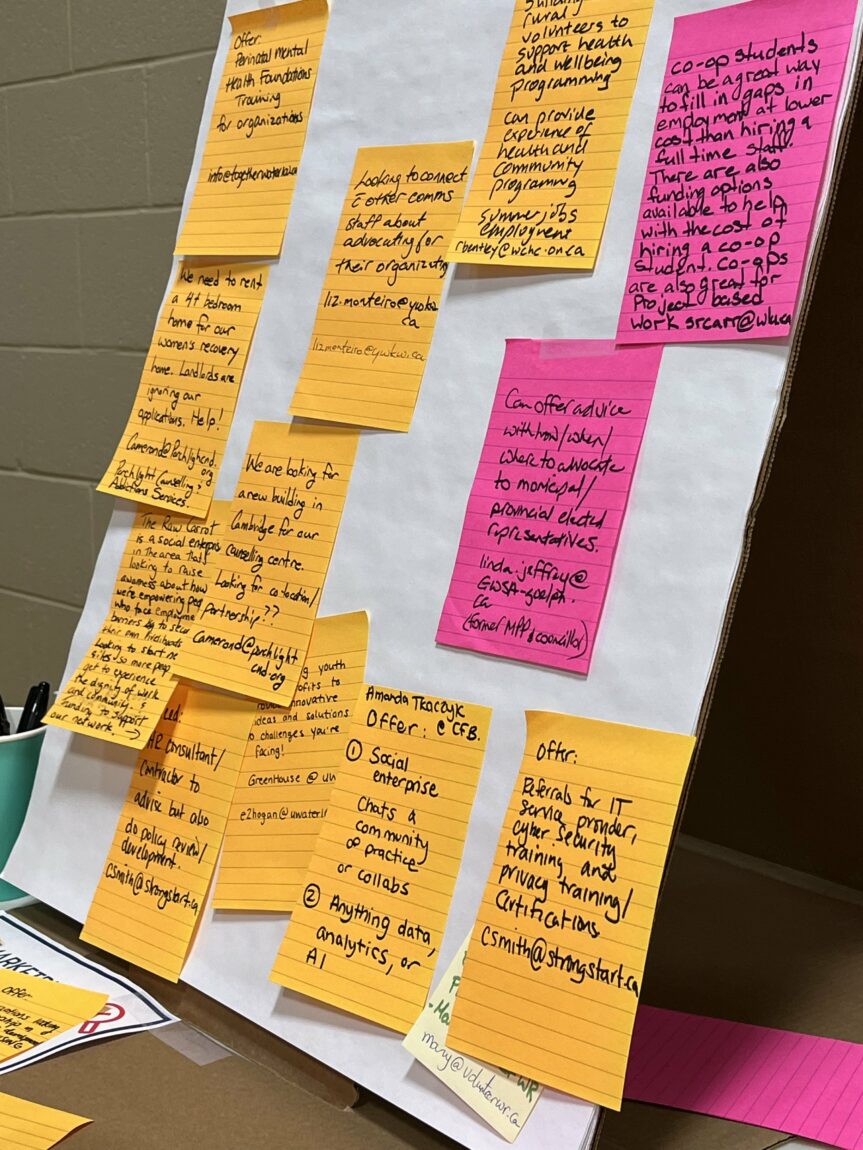
Another major challenge is that in some cases a rural region may not have a strong nonprofit infrastructure, yet at the same time informal community systems may be more robust.
Candice: In some areas, there are not as many nonprofits in a community, and many of them have a very small team. For instance, as ONN was building connections with some towns or villages, many only had two organizations with 1 or 2 staff. Everyone is stretched thin.
Even so, the community connections in rural regions create different possibilities for ecosystem building.
“
[In] rural/smaller communities, you really just need one or two champions to lead the work… to kick start building a local ecosystem.
“
Candice: A strength in rural/remote or smaller communities is how information spreads so quickly.
Melissa (Laughing): Yes, that is very true. I swear in the village my family is from, information travels faster than social media ever could. People really underestimate it.
Candice: This also means that in rural/smaller communities, you really just need one or two champions to lead the work, raise awareness about the social economy, and organize the community to kick start building a local ecosystem.
Reflecting on this makes me wonder if the way everyone feels interconnected in rural spaces may make building ecosystems feel more natural in some rural regions?
For another upcoming blog, I had the opportunity to talk with our Newfoundland partners and a similar conversation came up around how in rural spaces–in their case a historical fishery city– building connections seemed almost baked into the culture because of economic survival strategies and community. Now talking with Candice about rural communication channels in Ontario, this is another really fascinating layer that may contribute to making ecosystem building different in rural communities. Word-of-mouth may help bypass information overload a bit.
“
Word-of-mouth may help bypass information overload a bit.
“
Capital is there: Need Capacity building for investment readiness
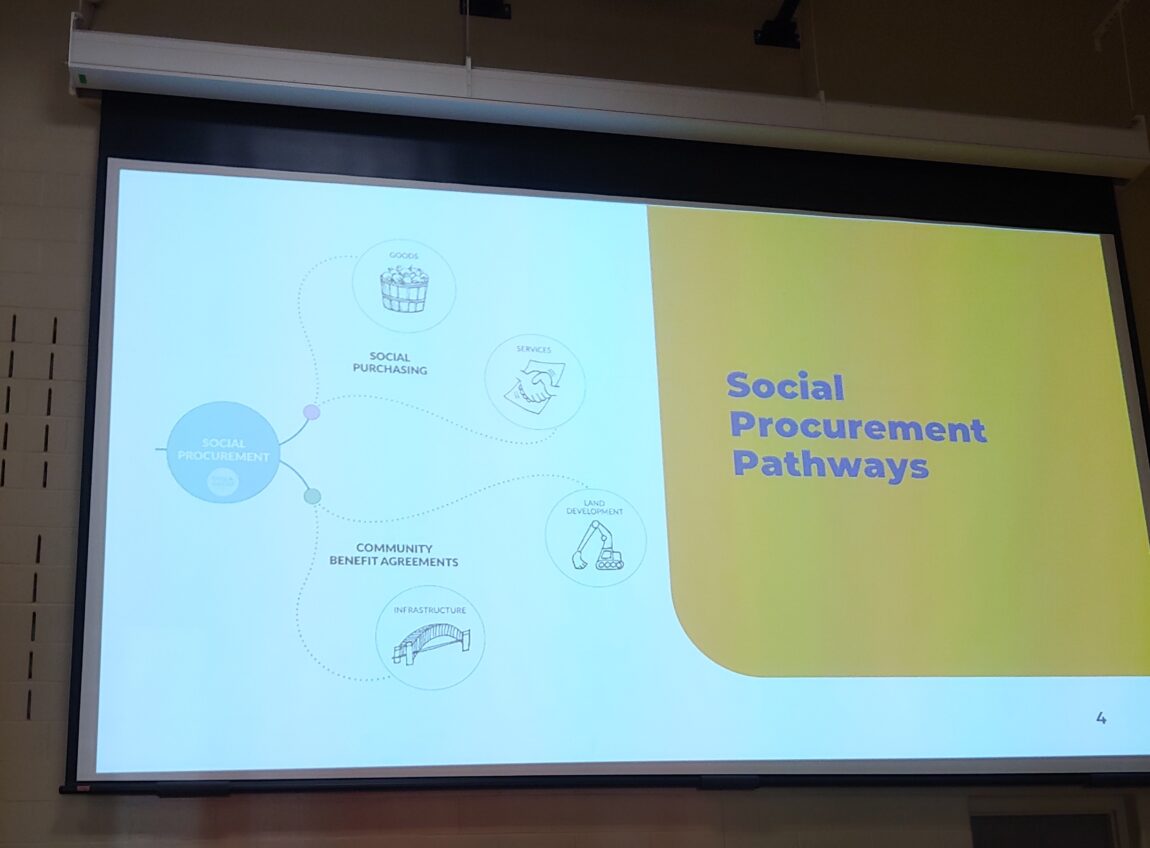
Melissa: Any surprising learnings?
Candice: There is more capital available and ready to invest in nonprofits and charities than organizations that are ready to take on these investments.
“
Further investment readiness support is needed… [organizations want] to further build their capacity so they can become more confident in their ability to take on debt.
“
Candice: In fact, what we heard at the community gathering in Belleville was that currently many social finance investors specifically wanted to invest in nonprofits and charities. But the challenge is that there is only a relatively small group of nonprofits that are investment ready. Further investment readiness support is needed to help more nonprofits become investment ready. Many organizations said that they need to further build their capacity so they can become more confident in their ability to take on debt. Funding is crucial for nonprofits to hire consultants and staff to prepare the organization to become investment ready.
Melissa: What are your plans for this next phase?
Candice: We kind of identified the philanthropic sector as a key target. The Nonprofit, social enterprise and SPO sector needs more money to get investment ready. We need funders to understand the importance of that community wealth building side to get folks ready. It is a gap they can fill.
Paradigm shifts: where we fit in social finance ecosystems
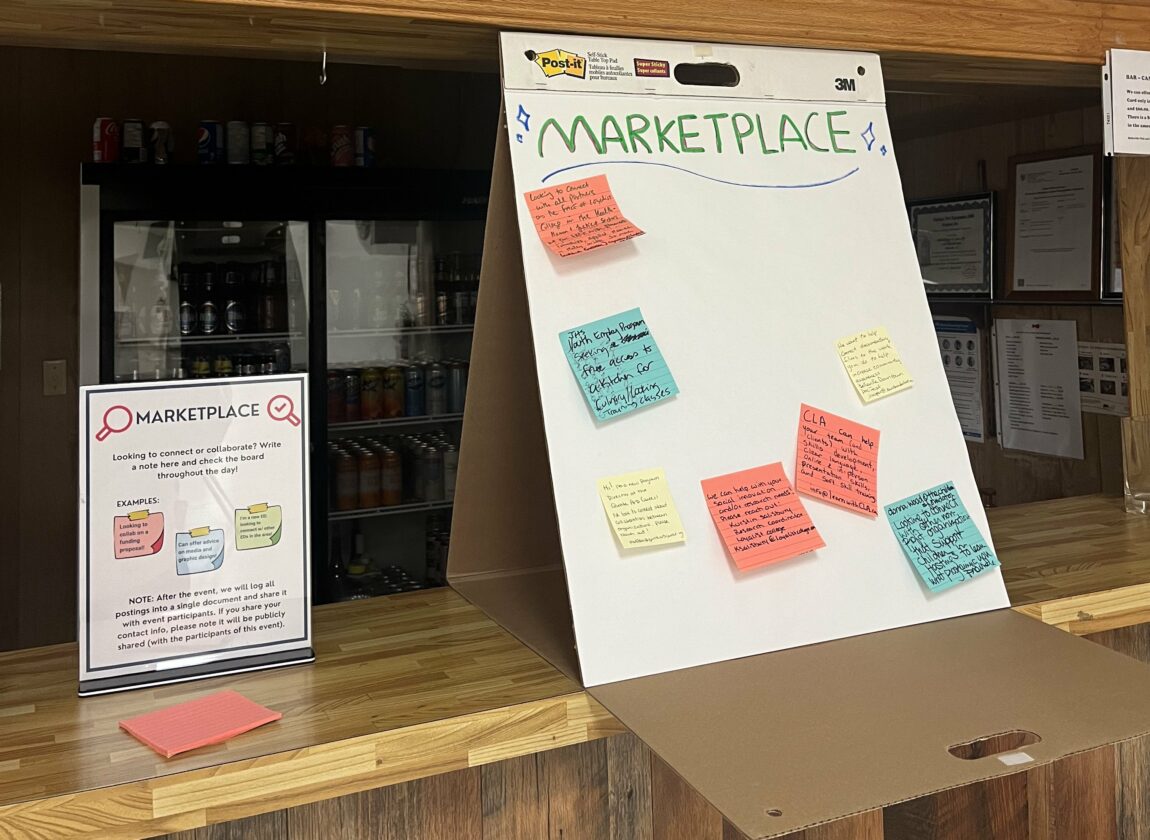
Another obstacles noted was how nonprofit employees are trained to think in terms of the activities and services they provided, it can sometimes be challenging to think beyond that to how we fit in the wealth building ecosystem more broadly:
“They still think in terms of ‘what we do, what services we provide’.” Candice explained, “and many nonprofits who run social enterprises see the social enterprise more as another program that they run, rather than something that is investable.”
It is a reminder that systems building requires us to envision a community in ways that exist outside of our routinized systems of operating, and how we view our relationships with the world and each other. That is not a perspective shift that is easy to make rapidly. I have been hearing a lot recently of how ecosystem building has to occur at the speed of trust. Perhaps it also has to occur at the speed of paradigm shifts in how we relate to our jobs, sectors, and labour?
Thank you Candice for sharing your insights and experiences with ecosystem building in smaller regions of Ontario!

Photos Provided by ONN
Check out Blog 2 and Stay tuned throughout the winter for the rest of our Ecosystem Building Blog Series!

